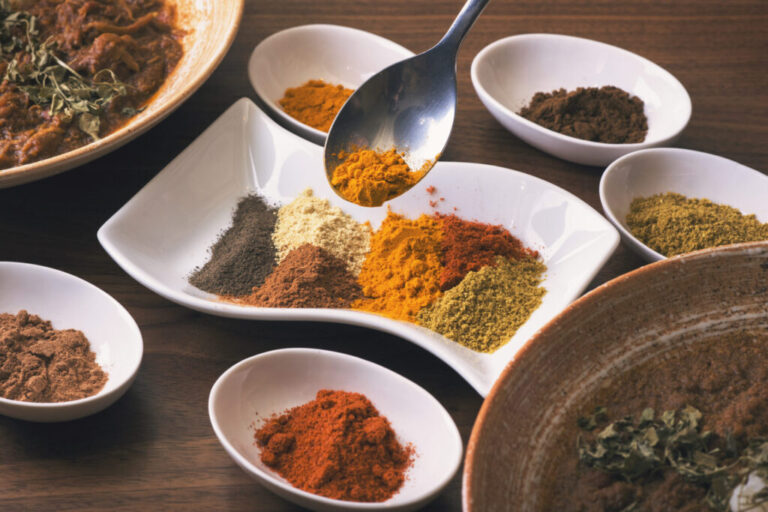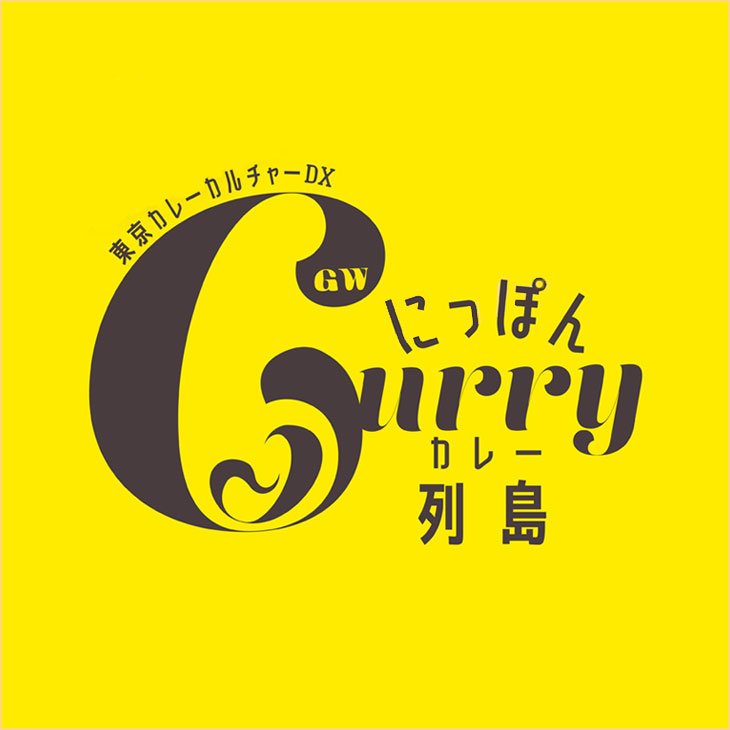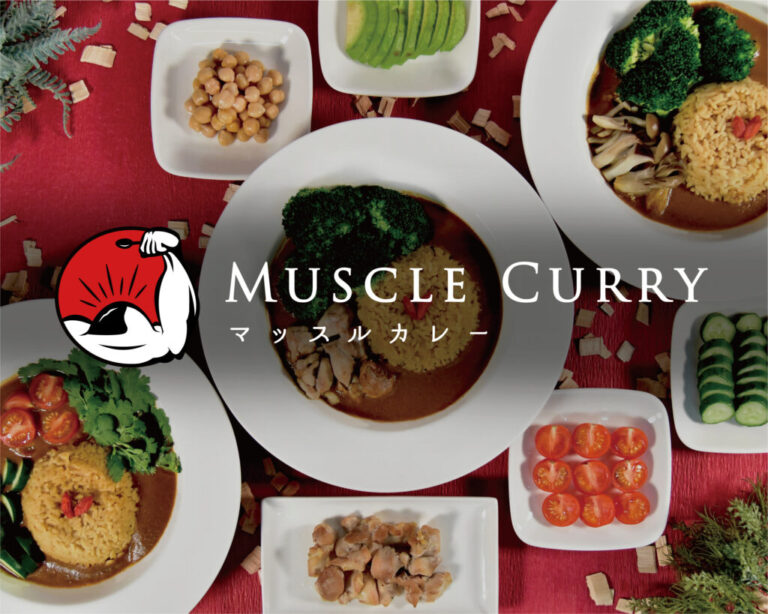
We would like to introduce the medicinal effects of the spices and herbs we use in our curries and dishes! But first, what is the difference between spices and herbs?
But first, what is the difference between spices and herbs? I am sure that some of you may be asking, “What is the difference between spices and herbs?
In Japan, however, there is no strict definition of the difference between spices and herbs, so I would like you to just remember it as trivia.
目次
ToggleWhat is spice?
It is a spice made by drying fruits, flowers, leaves, and roots of plants, and is used to add flavor to food.
They have long been prized for their antiseptic effect as well as for their ability to remove odors from meat and other foods, thereby increasing their flavor. Major spices include pepper, nutmeg, cinnamon, and cloves.
In addition, highly aromatic vegetables, stem vegetables, and root vegetables have been used as condiments in Japan since ancient times. Wasabi, ginger, leeks, Japanese pepper, shiso, and other spices used for aromatic purposes are also spices.
Unlike in the past, they are more readily available in fresh form, so today they are called spices whether they are dried or fresh.
What are herbs?
The word herba is derived from the Latin word herba, meaning medicinal herb.
It is translated as “medicinal herb” or “aromatic herb,” and is recognized as a plant that, in addition to its fragrance, contains ingredients that have beneficial effects on health. Because they are originally medicinal herbs, there are some that are not fragrant or edible.
Originally, this herb has been used in Europe for traditional medicine. It is a useful plant whose aroma has sedative and stimulant effects, and is used to flavor food, as a preservative, medicine, perfume, and insect repellant. However, some of them are poisonous or have too strong an effect to be poisonous. Please note that herbs are not recognized as medicines in Japan.
What is the difference between spices and herbs?
Some botanists classify those that use stems, leaves, and flowers as herbs, and those that use bark, seeds, berries, and roots as spices, but it is very difficult to actually classify them.
For example, cloves use flower buds, but they are not considered herbs, are they?
In Europe, some countries judge spices based on whether or not they can be cultivated on their own.
The criteria for judgment vary from country to country.
It is said that there are about 500 kinds of spices and herbs used in the world today.
We cannot introduce all of them, but as we mentioned at the beginning of this article, we will introduce the spices and herbs we use in our restaurant sequentially at a pace of about once a week.
We will start with the four major spices in the world, pepper, nutmeg, cloves, and cinnamon, so please look forward to them.





